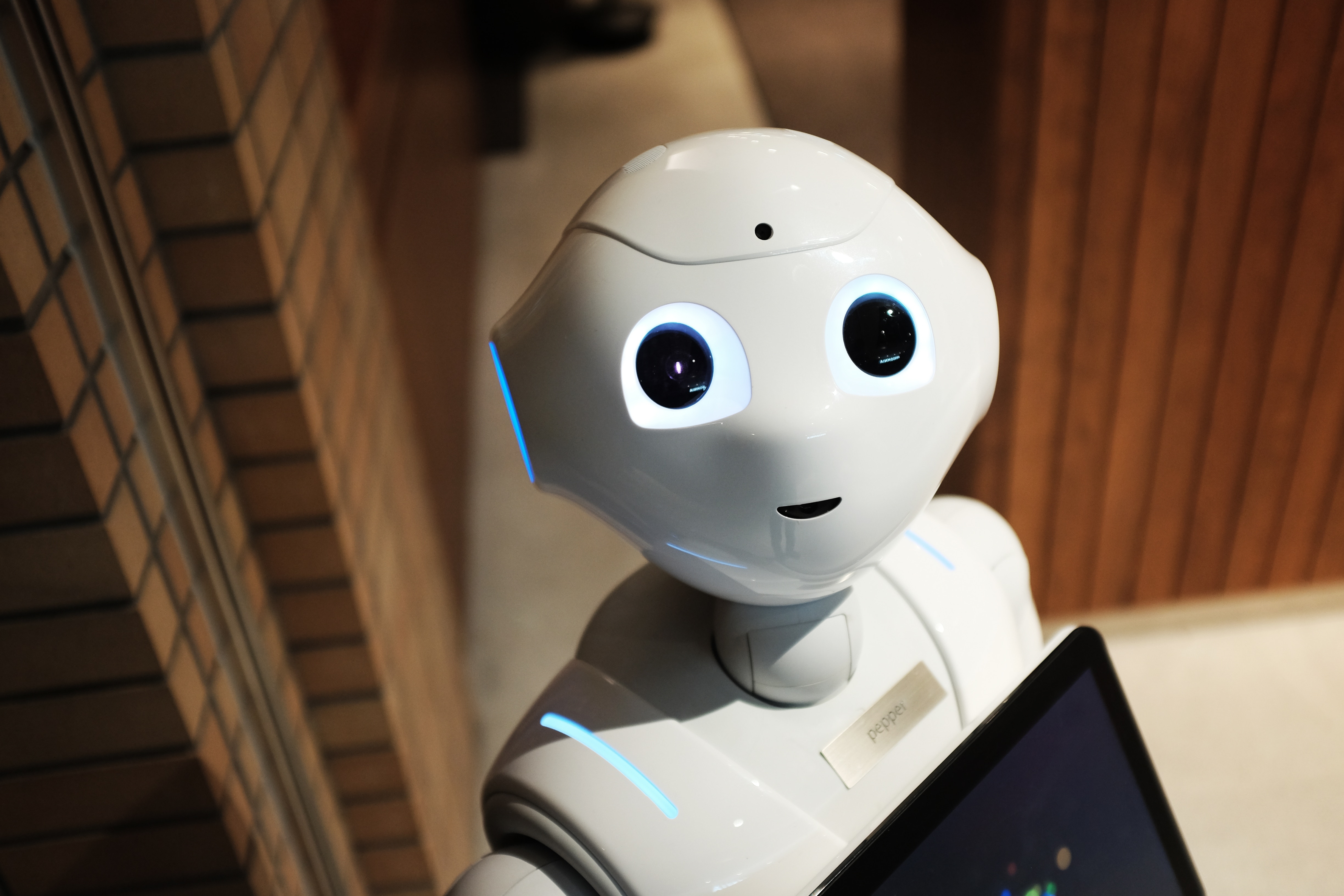
A Robot That Works in Command to Your Thoughts
How do you use a machine? What do you do to tell it what to do and when? Maybe you use levers or buttons. Or maybe you resort to keys. And they are pretty easy to understand right? Well, how about you could control a machine from your mind? Now that would be excellent.
And that is exactly what researchers at the MIT’s robotics research lab have done. They have created a system that is wired to your brain and tells robots how to do their job. Well, the idea is simple. A scalp EEG and EMG system is connected to a Baxter work robot. This thus enables the robot to respond to a human wave or gesture when the robot is doing something that it shouldn’t be doing.
Communication

We have all dealt with malfunctions, but never like this. But, how does this actually work? By looking at both muscle and brain signals, the robot can start to pick up on a person’s natural gestures along with their snap decisions about whether something is going wrong. This is a much more fluid approach to communication with a robot as it makes communicating with a robot like communicating with another person.
The researchers tested out this technology by training Baxter, the robot, to drill holes in an airplane fuselage. For the machine to work, there was no actual programming involved. Just the suggestion was given to move from the human’s side, and the machine moved accordingly. But the most exciting thing that was proved by this experiment was that humans don’t need to think in a certain way for this to work.
Adapting

Researchers claim that the machine adapts to the way the user thinks, and the user just needs to think. Though the thought pattern changes from human to human, the machine has the capability to move and act according to that.
This is seen as a breakthrough in machine technology. When not much of coding or rules are not needed to interact with machines, the iota of mistakes is ruled out. And especially when the machine can adapt to almost everything, it is assured that the particular machine can be used by everyone.
The results are mind-blowing, and this technique can be used for a variety of services. We can’t wait to see how this machine would be used and especially in working with other machines to make things work. The researchers will be presenting their findings at the Robotics: Science and Systems conference.





